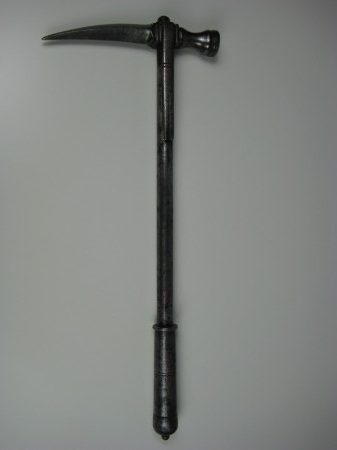
When you look at your Rexroth drives and controls today, you probably don’t think of them as natural outgrowths of hand-forged iron hammers.
Yet that was the beginning of the whole thing, back in 1795 when the Rexroth family’s iron foundry made fine iron hammers. A century later, they were using special casting methods that were the cutting edge of technology in their day.
Bosch and Rexroth
Meanwhile, Bosch was building up a business in the new field of automotive technology, creating the magnetos and spark plugs needed by the new horseless carriages.
In the early 1950s, both companies entered hydraulics. In the 1960s, both began working with electric motors, as Rexroth acquired Indramat and Bosch took on Maschinenbau Murrhard. In the next few decades, both companies would acquire more properties associated with motion control and motors.
In 2001, Bosch and Rexroth combined to form the world’s leading source of drive, control and motion technologies.
Not only does Bosch-Rexroth continue to produce the best possible servomotors, drives, and controls, but they also continue to provide factory repair for their legacy components. The Indramat drives installed back in the 1970s can be remanufactured to like-new condition and give decades more of service. We believe that this shows a degree of dedication and respect that is very hard to find nowadays.

[…] before that Rexroth-Bosch, the current owners of the company that used to be Indramat, began with a hammer foundry in 1795 in Elsavatal, Germany. The history of Rexroth in America didn’t begin until much […]